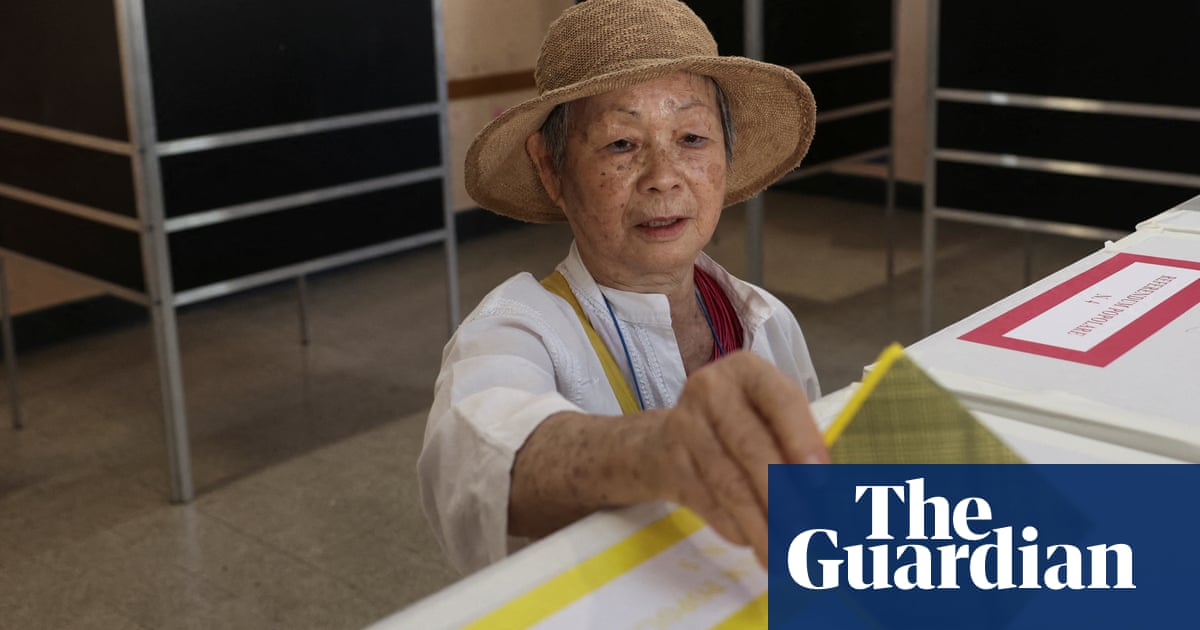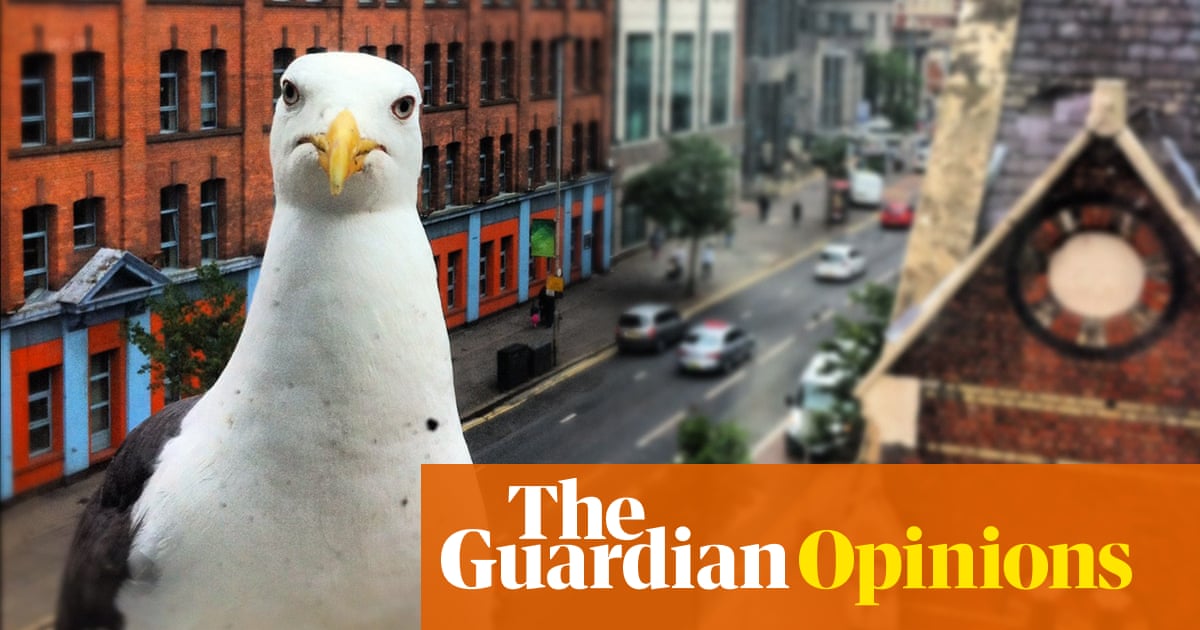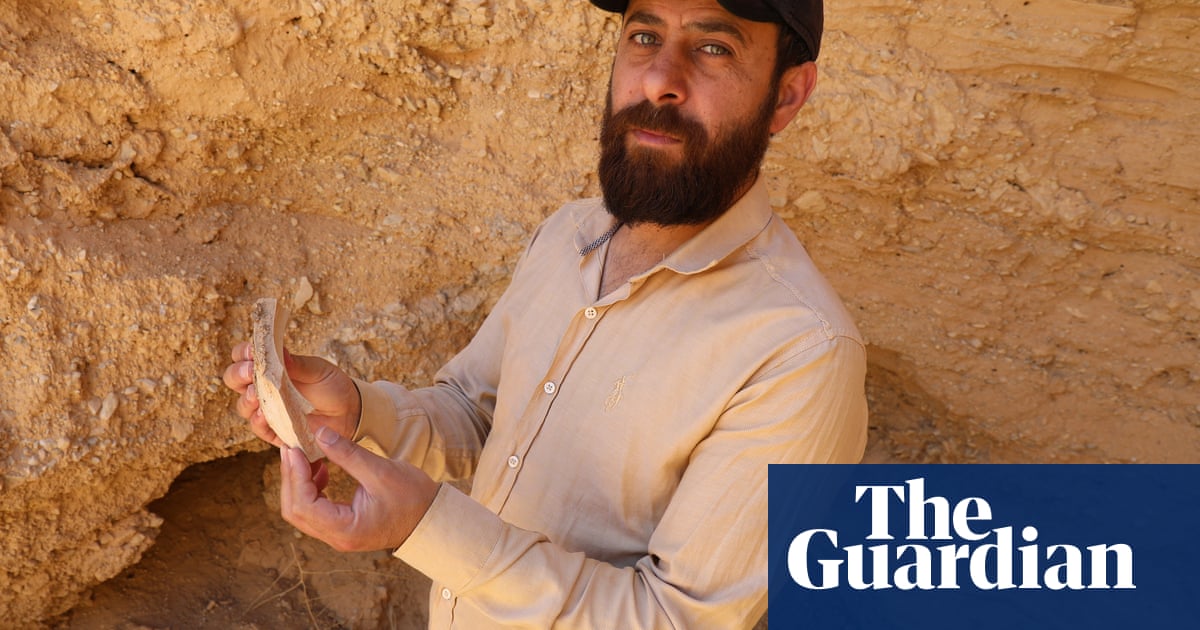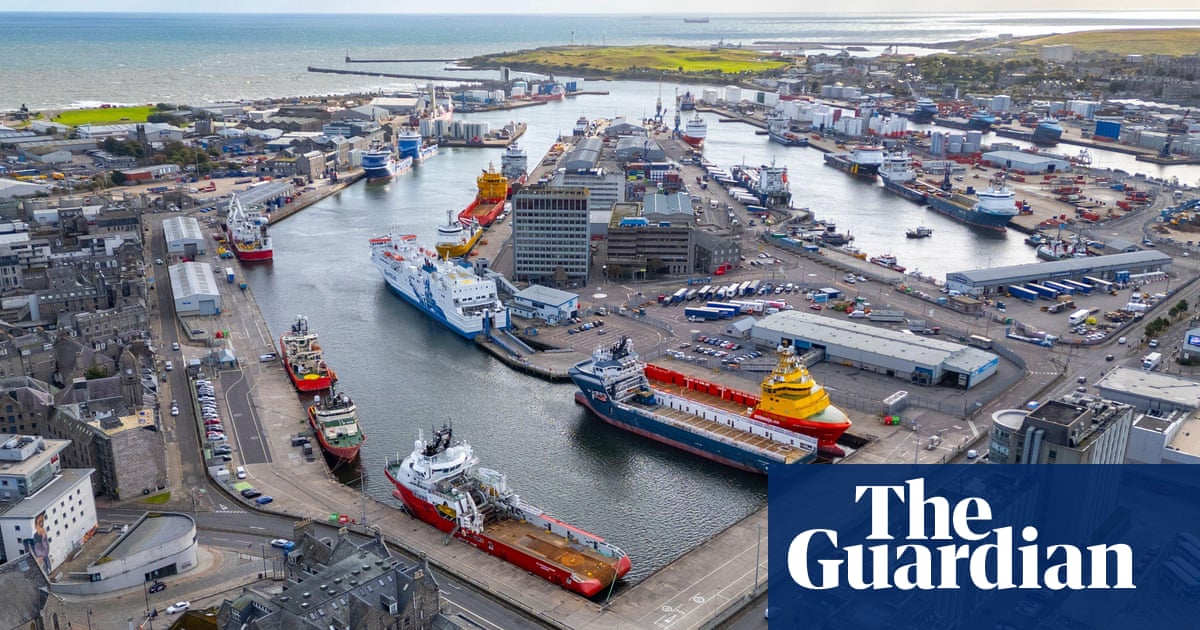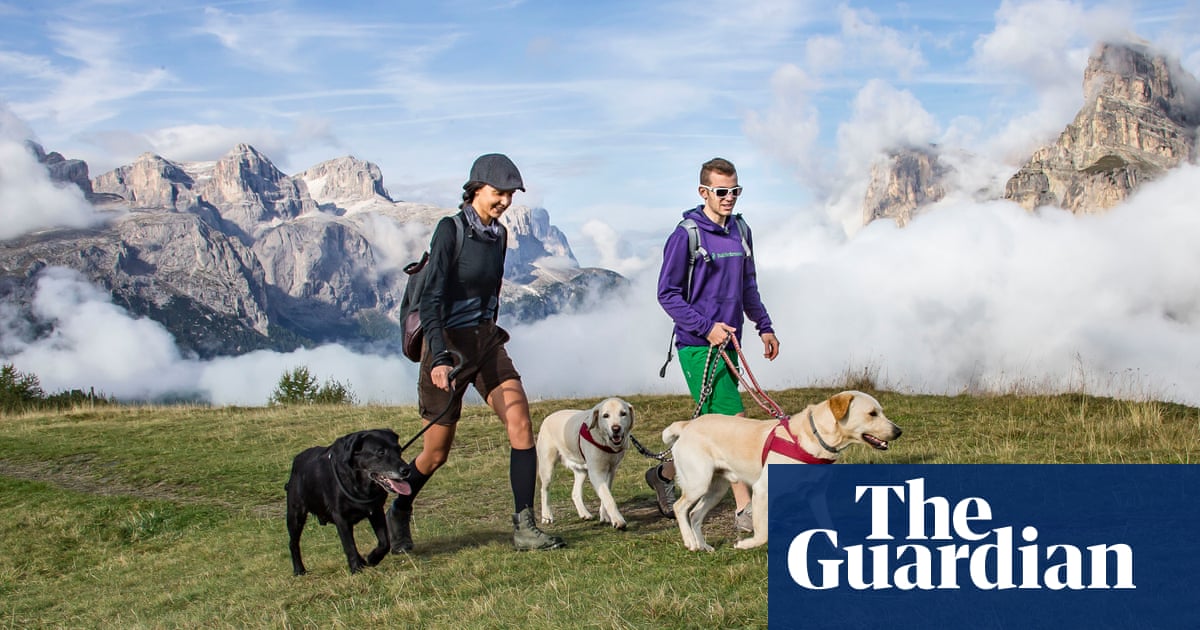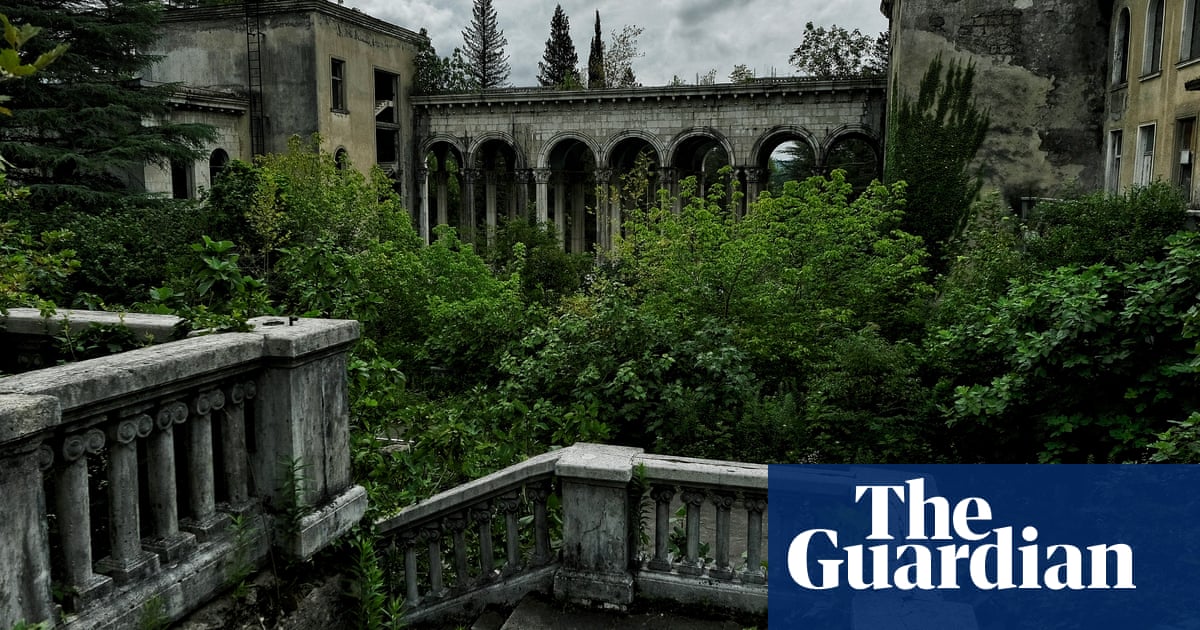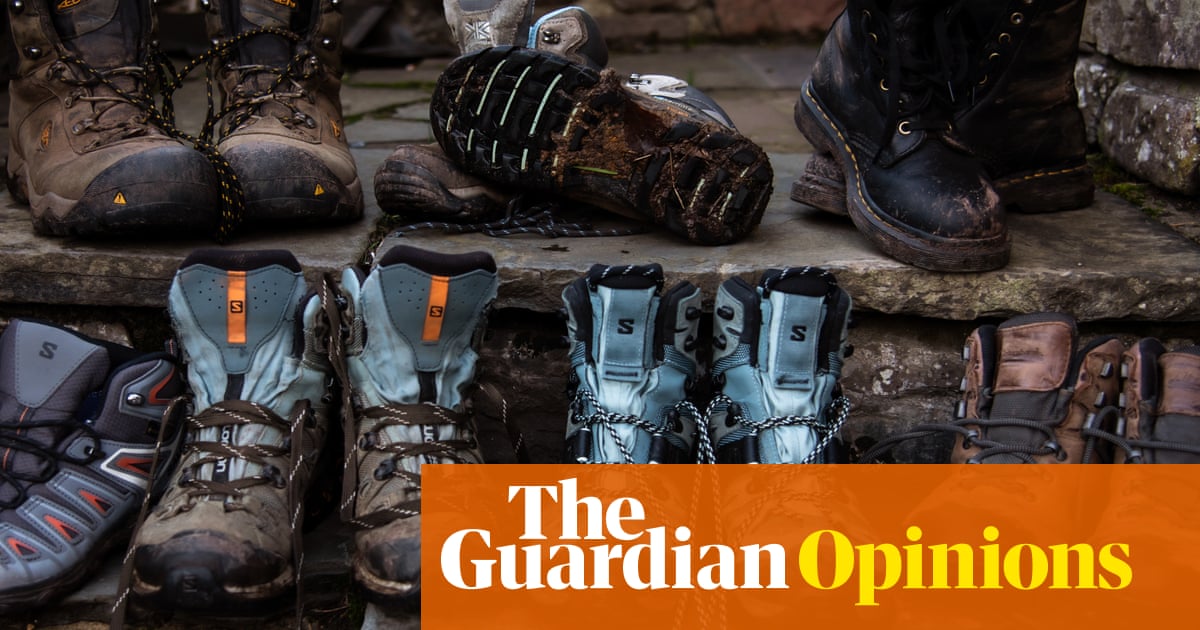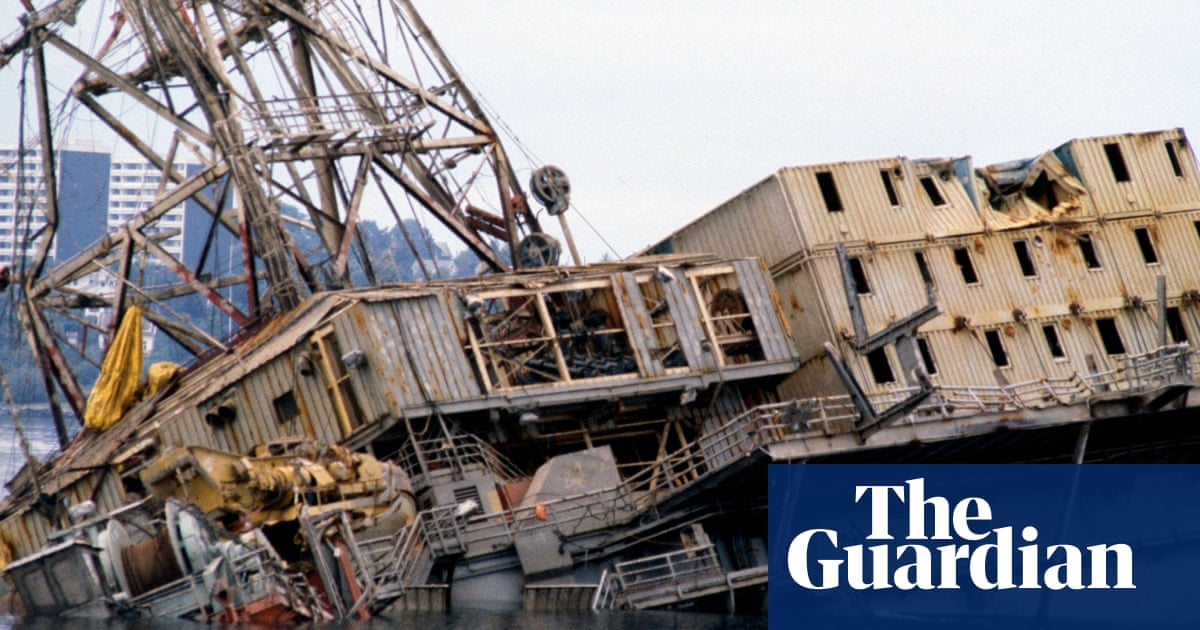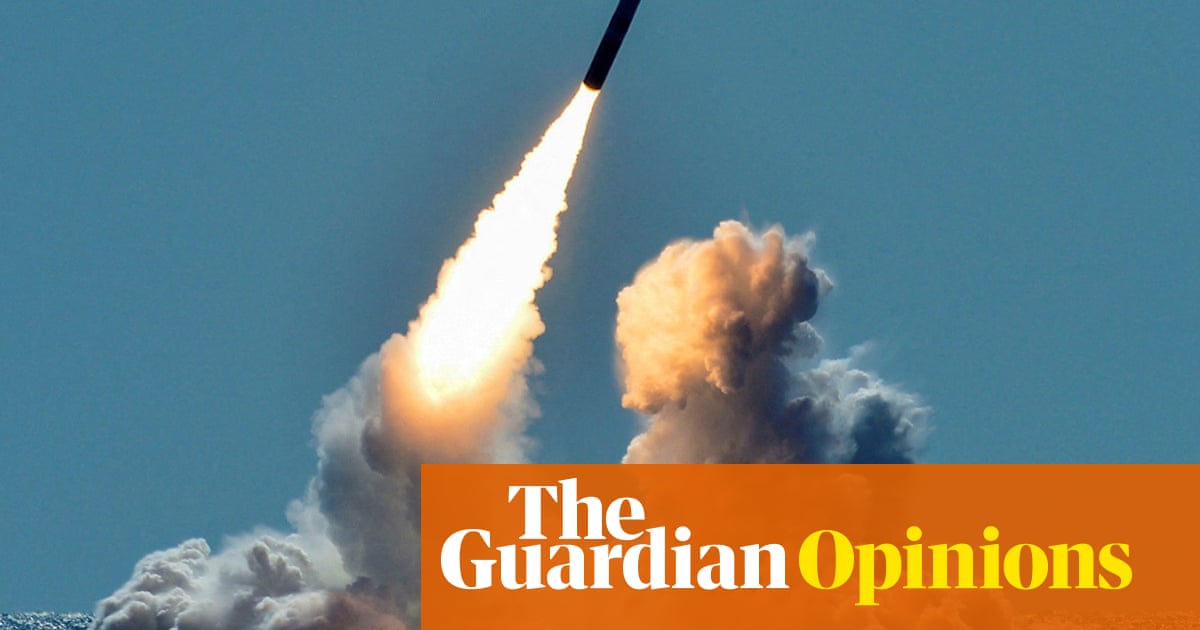Not yet a quarter of the way into this century and global average temperatures are already 1.75C above the preindustrial average. January 2025 was the hottest on record and has also set a record for the highest yearly minimum global surface temperature, and likely the highest minimum in the past 120,000 years. It is part of a clear pattern. Last year’s global average was 1.6C above the preindustrial – a sobering reality check, given that, only three months ago at the UN Cop29 summit in Baku, Azerbaijan, leaders were still declaring that limiting global temperature rises to 1.5C was within reach.
We are firmly in the post-climate change world now, and the serious implications of this demand honest acknowledgment. The reality is that we are living now in a time of continual disasters that are unfolding alongside our slower, planetary scale disaster. In this riskier time, we need to prepare.
The hottest January began with scenes literally from Hollywood of raging wildfires engulfing some of the world’s most valuable property, in Los Angeles, in one of the world’s richest countries. Among the apocalyptic images of devastation filling our screens were tens of thousands of dazed citizens forced to evacuate, some of them our planet’s wealthiest climate refugees.
As the 200,000 Los Angeles residents return home, tough decisions will have to be made in this new disaster-prone time about where to rebuild and which places should be abandoned in the retreat from risk. It is clear that we will need better protection, sometimes by adapting buildings, but also that some places will no longer be able to sustain larger populations.

It is a plight faced more invisibly by millions of other climate-displaced people around the world, from the Philippines to Somerset, from Kenya to Spain. In poorer places, when forced to flee unlivable homes, people can end up imprisoned. Take the Dadaab refugee camp, located in what is now desert in Kenya. It is home to more than 300,000 trapped refugees, the majority of whom are Somali women and children fleeing chronic drought and starvation, as well as devastating floods. The ongoing conflicts in the region are only exacerbated by these extreme conditions, all of which make the Horn of Africa increasingly unlivable.
Poor people living in equatorial deserts are first and worst hit. But our planet is now more dangerous for humans wherever they live. Fires, floods, heat and droughts are killing and injuring people, property and infrastructure. The social and psychological toll is devastating for communities that are affected. And so, too, are the economic costs. Insurance is already unaffordable – unavailable, even – in riskier places, which drives up other costs, changes the face of a neighbourhood and exacerbates other inequalities. We all need to consider climate risk when choosing our home, business or holiday.
The impact of natural disasters can easily be international. For instance, the prolonged drought that has affected the Panama Canal over the past two years pushed up shipping costs and delayed global trade at a time when alternative sea routes were constrained.
Agricultural disasters can be devastating both locally and globally. I have met relatives of drought-hit farmers pushed to suicide and others forced to migrate across borders. I have heard from flood-hit British farmers who lost entire harvests and were left saddled with debt. The impact on food prices can be widespread. Food inflation in the UK rose to 19.1% in 2023, significantly adding to the cost of living and pushing some on the poverty line into malnutrition. The price of orange juice more than doubled after Florida’s citrus belt was hit by hurricanes at the end of last year; olive oil soared in price after heat and drought hit olive trees, making it the most shoplifted item in Spain.
Disasters impoverish people and they are costly for nations, especially when multiple disasters hit the same country. Last year, Brazil suffered catastrophic floods across its southern states that displaced more than half a million people. The same year, prolonged drought and heat triggered devastating fires across the Amazon and Pantanal region. Often, one disaster cascades into others, such as when Pakistan was hit by unbearable heat and drought in 2022, before violently destructive flash floods displaced 33 million people in a week, only to be followed by landslides that destroyed key infrastructure.
In this post-global heating era, we can expect more severe and frequent extreme events. Disasters will affect you and the people you care about over the coming decades. We must accept and factor this new reality into our plans.
Adaptation means changing the language we use and adjusting our expectations and strategies. It requires honesty from our leaders. It is no longer acceptable to talk about global heating as if it is a future possibility that can be avoided. People are dying and having their lives destroyed today; we need a much more practical response. Planning homes in high-risk flood zones is climate denial. And what about those already living at risk?
Adaptive planning can make a huge difference. The Netherlands is highly adapted for flood risk – they have been doing it for centuries. This includes sacrificing land as “room for the river” and the incredible Maeslant storm barrier, a marvel of engineering that protects vulnerable areas including Rotterdam. Storm Pi, which caused substantial damage in Germany, Switzerland and Belgium in December 2023, left the well-protected Dutch unscathed.

Disasters will stretch nations and most, including the UK, are not spending anywhere near enough on preparedness. Civil protection organisations now need to respond to multiple disasters in the same country as well as helping their neighbours and sometimes spanning continents. For instance, Australia relies on using loaned air tankers from North America to help quench its summer bushfires during the northern hemisphere winter. But the LA fires occurred in January, while Victoria was also battling extreme flames. Now that fires are occurring year-round on both continents, this is problematic and Australia, the US and Canada will need to raise their capabilities.
Adaptive protection doesn’t have to mean vast engineering works. I have visited villages in disaster-prone Bangladesh where people flexibly change jobs during high water, buildings are made safer and, crucially, everyone knows what to do when the warning sounds. Disaster preparedness means that over recent decades, deaths from cyclones in the Bay of Bengal have plummeted, even though cyclones have increased in severity and frequency over the period.
Do you have a plan for if your home flooded? Would you even get an alert? Where would you stay and what would you take with you if flames overtook your building or you were evacuated from your holiday resort? Living in this new reality means being prepared, from compiling an emergency “go bag” to getting a flood sensor.
Technological resilience must be combined with social resilience, and that comes from investing in society. Change is unsettling, especially when you haven’t chosen or planned for it, but the relationships you have, the networks you build, allow stronger parts to compensate for weaker – they are what will support us when we are hit by disaster. Ensuring that communities are supported with reliable services, that young people feel purpose and hope for their futures, are central to this.
Wherever you live, conditions are changing and people are feeling the impact of extreme weather physically, financially or socially. We are all refugees from a gentler climate but some of us have been able to stay in our homes. Our new world is being built on the shakiest foundations, but with honesty from leaders about our climate reality we can all learn to live with uncertainty. Natural disasters are inevitable; they do not have to be catastrophic.
Gaia Vince is an author, journalist and broadcaster. Her latest book is Nomad Century: How to Survive the Climate Upheaval

 3 months ago
59
3 months ago
59

